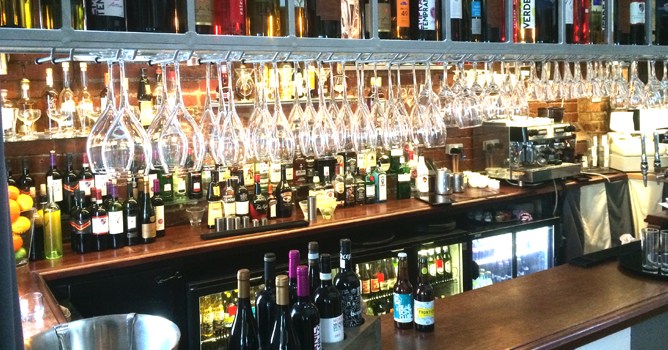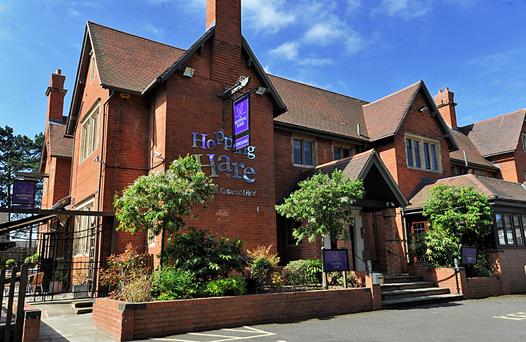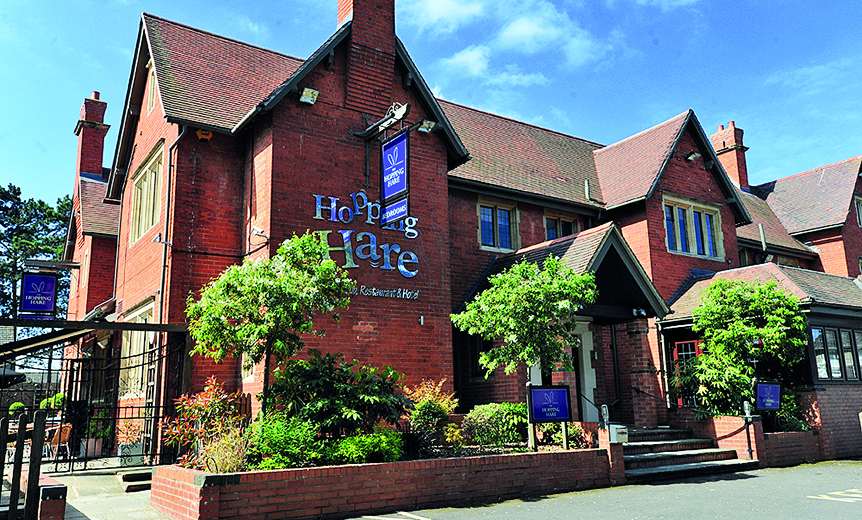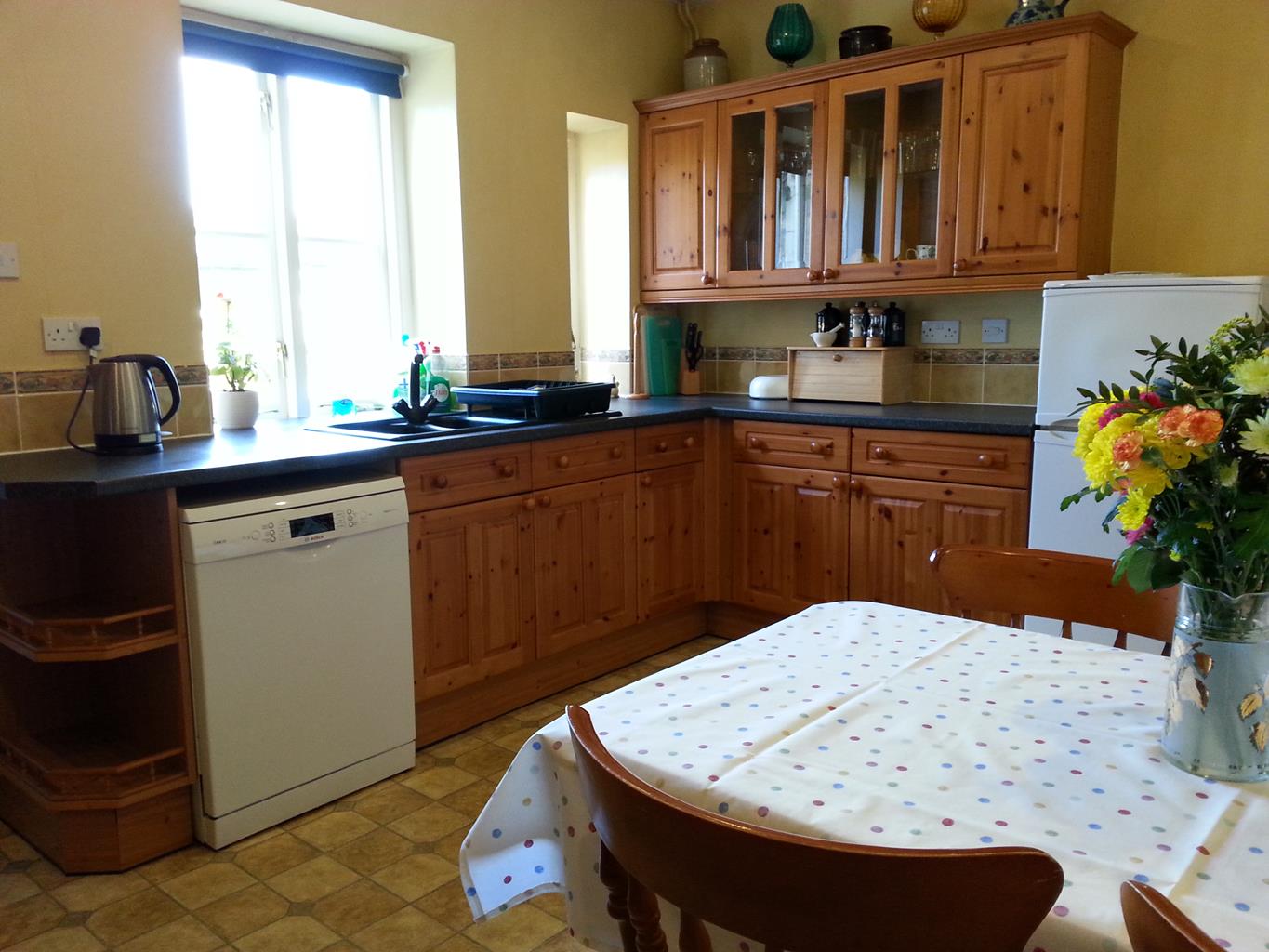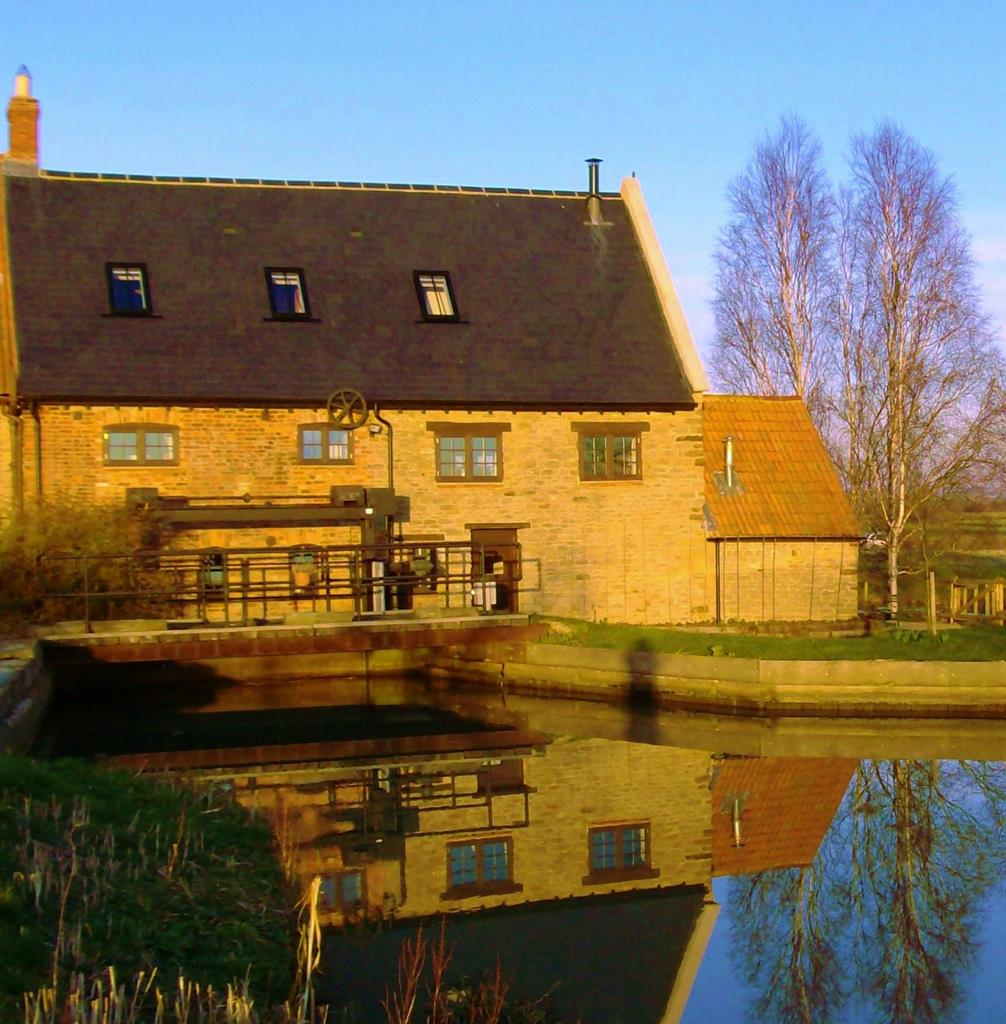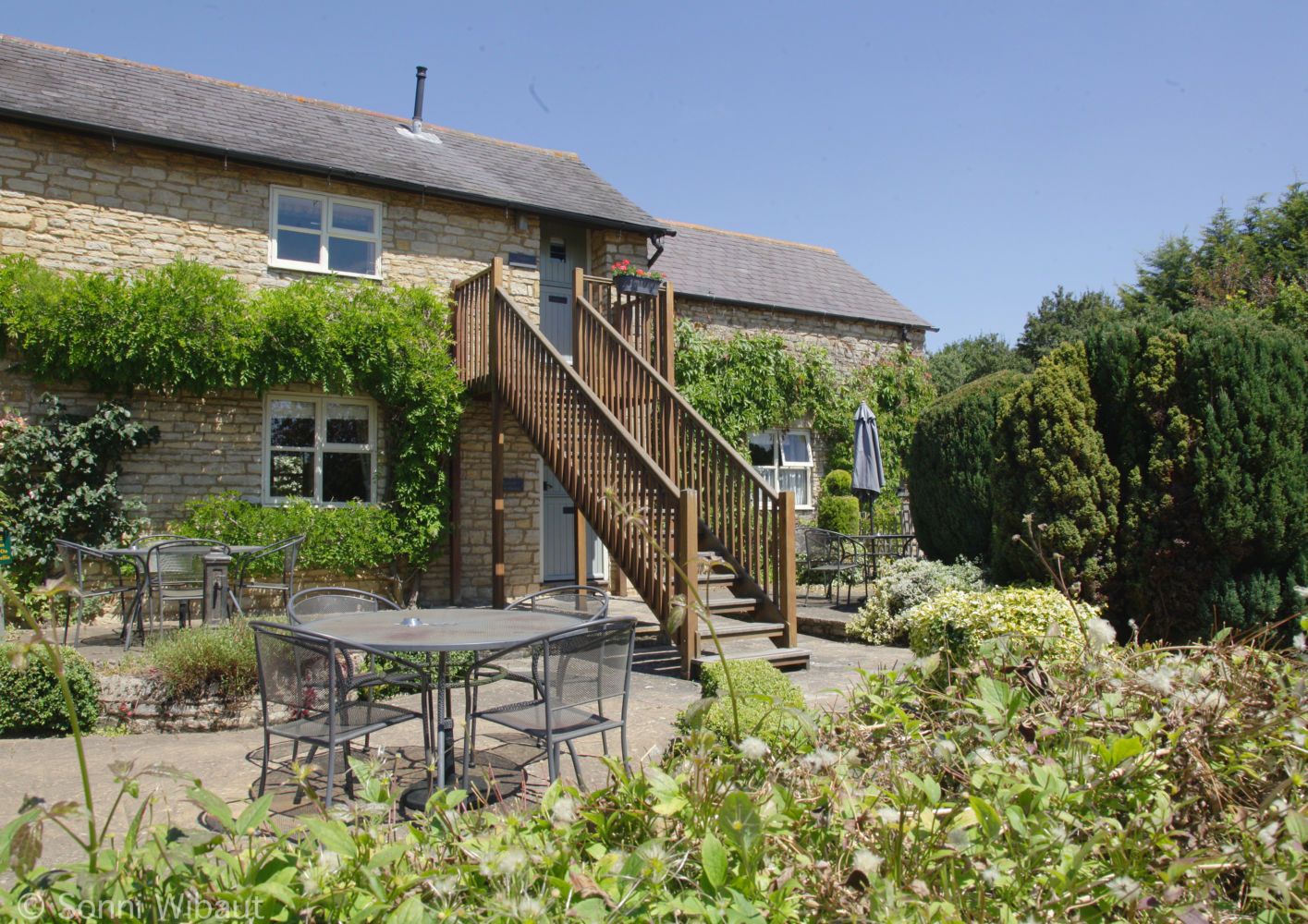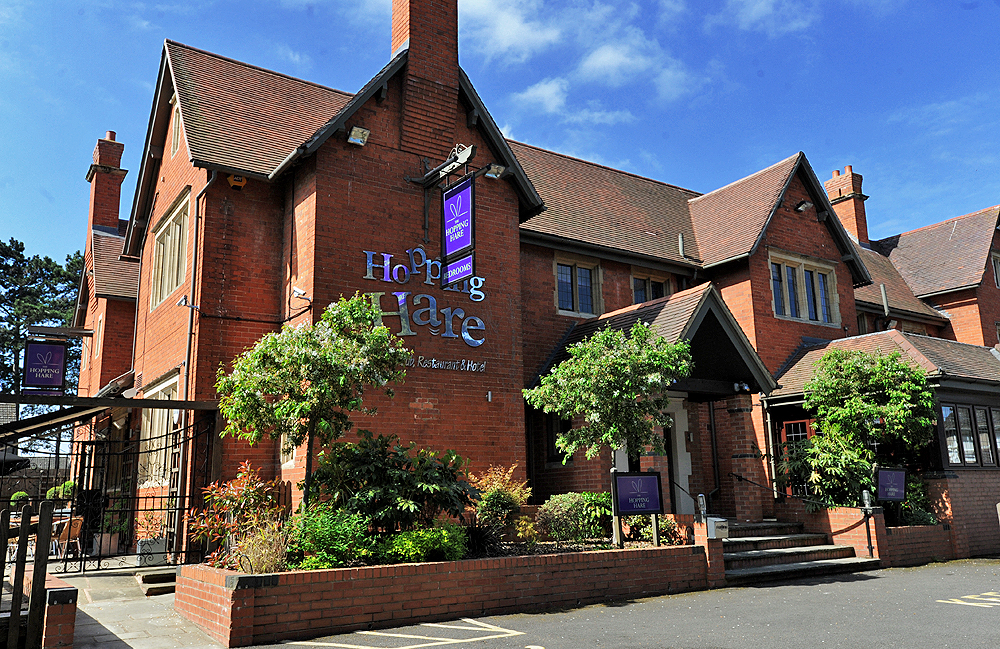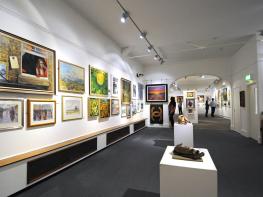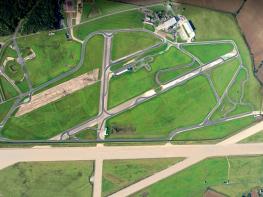Hyde Farm Cottages, cosy 2 bedroom cottages built in stone with some lovely original features.…
Around Castle Ashby and Whiston

A varied walk that takes in a leisurely river and a grandiose mansion.
6.5 miles (10.4kms)
About the walk
Castle Ashby is the ancestral home of the 7th Marquess of Northampton, and a fine pile he has too. Building work began in 1574 under the direction of the 1st Lord Compton, later Earl of Northampton, who originally had the house built in the shape of an 'E' before the architect Inigo Jones filled in the openings. Altogether the estate covers 10,000 acres (4,050ha) and is surrounded by landscaped parkland designed by Lancelot ('Capability') Brown. But aside from the neat lake and vast manicured lawns, the eye-catching feature has to be the stunning, mile-long avenue, first planted in 1695 after a visit by William III.
Castle Ashby House is closed to the public, but the 200-acre (81ha) gardens are open daily – to get there, follow the signs through the village and across the avenue in front of the house. They include an arboretum and conservatory, and a more formal Victorian terrace and romantic Italianate designs. The latter reflected the 19th-century revival of interest in classical Italian gardens, which were based on the use of steps and balustrades, and on a structured transition that began with a geometrical layout through to more serpentine and irregular shapes. Parterres (formal floral beds) were created, using the family's crest as a motif.
Today there are many different varieties of trees and shrubs, including a giant horse chestnut described as one of the largest spreading trees in Britain, plus landscaped lawns and lakes complete with ornamental bridges and the so-called Triumphal Arch. And if you want to take some of it home with you there's an area of plant sales, including shrubs, herbaceous perennials and alpines all nurtured on the premises. Next to the gardens you can visit the 14th-century Church of St Mary Magdalene, which has various monuments to the Compton family.
Rural shopping yard
The estate also manages the craft yard in the centre of the village (it's also referred to as the rather more down-to-earth 'Rural Shopping Yard'). Open Tuesday to Sunday, except bank holidays, here you will find a wide range of ceramics and pottery, antiques and world crafts, bespoke furniture and a quality delicatessen, plus inviting tea rooms serving cakes and other refreshments.
Close to the knuckle
The perimeter of the vast Castle Ashby estate is dotted, as you would imagine, with various lodges and gatehouses. But there's one that's rather different to the rest. Knucklebone Lodge (which sadly is private and cannot be visited) is so-called because of its knucklebone-patterned floor. But the thing is they are real animals' knucklebones, apparently belonging to what amounted to several thousand sheep, and which were painstakingly arranged into a complete floor covering. Recycling it may be, but it really makes you want to reach for the carpet catalogue, doesn't it.
Walk directions
Walk out of Castle Ashby along the road heading south westwards, with the house (and visitors' car park) over to your left. Where the pavement ends turn right for Chadstone. Drop down the lane past the cottages and expensive looking converted barns and all the way out of the hamlet to the farm of Chadstone Lodge.
Turn left for the bridleway behind the hedge and, at the end, go on through the trees to continue the route alongside the next field and down to a road. over for a footpath down to Whiston Spinney, then via a footbridge in a lovely shady dell to reach a junction of tracks on the far side. Here go straight on, and climb directly up the sloping field ahead to the trees on the far side.
Follow the path into the woods to climb some steps and head out along a field-edge with woodland on your right. Beyond a gate go down a sharp flight of steps to the right and across a field in order to turn left on the far side and drop down to the road below.
The route continues up through the field opposite. Head half left, then follow the bridleway waymarks to the right, through a long narrow field with the houses of Cogenhoe on your left. At the far side join a lane and descend to Cogenhoe Mill.
Just before the old mill buildings and sluice, with the holiday park beyond, turn right for a path alongside the River Nene (signposted 'Nene Way'). Follow this pleasant waterside walk for 1 mile (1.6km) as far as Whiston Lock, then turn right for a straight farm track across the fields to the main road, heading towards Whiston church sitting astride the hilltop like a lighthouse.
Go across the junction and walk along the lane into Whiston, branching left at the small triangular village green. Take the gated passageway beside the outbuildings of Manor Farm up to the church. There are good views across the Nene Valley to Earls Barton and Wellingborough, and the eastern edge of Northampton.
Walk past the church to the far side of the churchyard, go over a metal rung in the wall and turn right on to an obvious field-edge path. This continues along a grassy strip between further fields and emerges on to the bend of a lane. Go left to walk this all the way back to Castle Ashby.
Additional information
Field paths, farm tracks and river bank, some steps
Low rolling hills above gentle Nene Valley
Mostly arable fields, so generally good
OS Explorer 207 Newport Pagnell & Northampton South
Roadside in Castle Ashby, or car park for visitors
Rural Shopping Yard, Castle Ashby
WALKING IN SAFETY
Read our tips to look after yourself and the environment when following this walk.
Find out more
Also in the area
About the area
Discover Northamptonshire
Northamptonshire is a mainly rural county of gentle beauty, with farmland, forest and great country estates. Rivers, canals and meadows are all part of the tranquil scene, providing a haven for wildlife.
This is a great area for walking, touring and exploring villages of stone and thatch. There are also some impressive Saxon churches at Brixworth and Earls Barton. Northampton is the county town, and along with Kettering, has long been associated with the production of footwear. Kettering was the second largest town until it was overtaken by the rapid development of Corby as a major centre of the steel industry.
Jane Austen’s Mansfield Park is set in Northamptonshire, although it seems that Austen never actually visited the county. Other famous connections include the poet John Dryden (1631-1700) who was born in the tiny village of Aldwincle; King Richard III (1452-1485) born at Fotheringhay Castle; and American revolutionaries George Washington (1732-1799), whose family came from Sulgrave Manor, and Benjamin Franklin (1706-1790) whose father was born in another tiny Northamptonshire village called Ecton.
Nearby stays
Restaurants and Pubs
Nearby experiences
Recommended things to do
Why choose Rated Trips?
Your trusted guide to rated places across the UK
The best coverage
Discover more than 15,000 professionally rated places to stay, eat and visit from across the UK and Ireland.
Quality assured
Choose a place to stay safe in the knowledge that it has been expertly assessed by trained assessors.
Plan your next trip
Search by location or the type of place you're visiting to find your next ideal holiday experience.
Travel inspiration
Read our articles, city guides and recommended things to do for inspiration. We're here to help you explore the UK.


